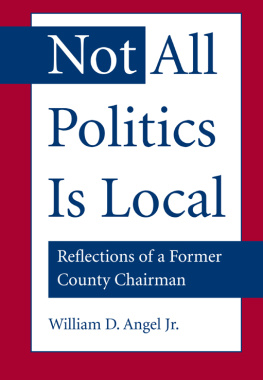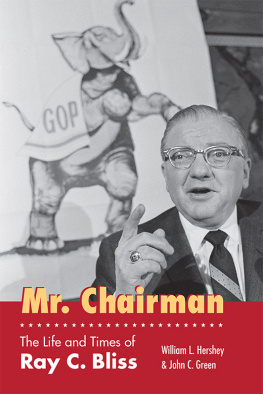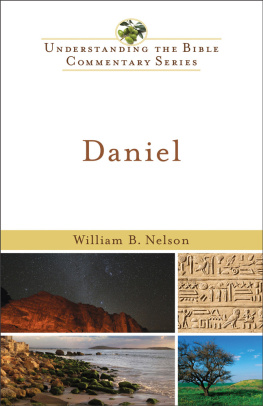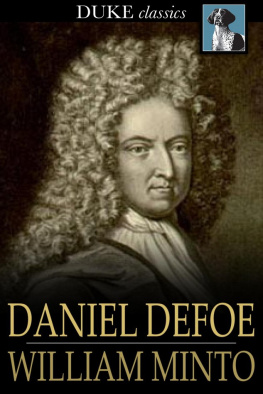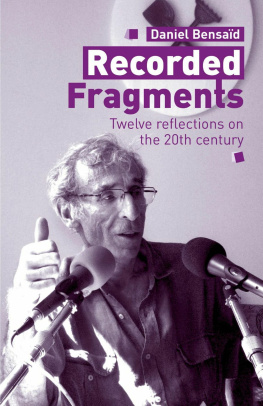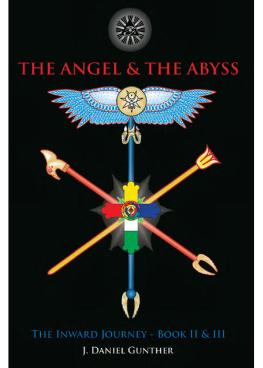2002 by The Kent State University Press, Kent, Ohio 44242
All rights reserved
Library of Congress Catalog Card Number 2001003961
ISBN 0-87338-728-7
Manufactured in the United States of America
07 06 04 03 02 5 4 3 2 1
Library of Congress Cataloging-in-Publication Data
Angel, William Daniel, 1947
Not all politics is local : reflections of a former county chairman / William D. Angel, Jr.
p. cm.
Includes bibliographical references and index.
ISBN 0-87338-728-7 (pbk. : alk. paper)
1. Democratic Party (Allen County, Ohio)
2. Allen County (Ohio)Politics and government.
I. Title.
JK 2318.03 A 54 2002
324.2771060977142dc21
2001003961
British Library Cataloging-in-Publication data are available.
Preface
In September 1984, I was managing state senator Steve Maurers reelection campaign in Allen County, and a problem had arisen. Veterans groups were upset over plans for an October parade to celebrate the opening of Limas brand-new Veterans Memorial Civic Center. One veteran told me that parade organizers had decided on a 1984 theme, replete with Big Brother and a retinue of storm troopers marching on Limas town square. There was also something about simulating nuclear blasts. The vets wanted no part of this nonsense, no sir. They wanted me to call Maurer to express their displeasure and ask him not to appear in the parade. I obliged and phoned the senators office, explaining the problem to Maurers aide, Susan Gibler. When I got to the part about nuclear explosions, Susan giggled, stopping me in mid-sentence to ask incredulously, Bill, whats in the water up there? We both laughed, and a friendship started. By the way, the 1984 theme mercifully went away.
Shortly after the Maurer campaign ended, I began composing letters to Susan, recounting the goings-on in Allen County politics. I continued writing from 1986, when she moved to Fort Lauderdale, Florida, though 1988, when she returned to Columbus. At that point, my letter production slowed, as we communicated more regularly by phone and in person. Even so, between 1985 and 1989, I wrote over 120 letters to Susan. Some were quite longfifteen or more handwritten pages. Others were written over a period of days and look like diaries. All the letters contained elements of personal information, and all offered detailed reflections on prominent events and personalities, as well as memorable conversations. I kept my own copies, seeing each letter as an avenue to my thoughts; consequently, the Gibler Files developed into a personal journal describing an intense period in my life. Written as events unfolded, the letters provide a clear window into the weekly (and sometimes daily) operations of the Allen County Democratic Party, particularly in moments of crisis.
My memory has always been good, but it is my letters to Susan Gibler that form the backbone of the narrative; without them, the analysis could not have been written. The Angel to Gibler citations indicate particularly accurate characterizations of events. Cited conversations appear as they were recorded in the letters. My interpretations may be open to questionpeople remember events differentlybut the narrative is factual; wherever possible, I have confirmed my stories.
I am extremely grateful to Susan for reading my letters and for encouraging me to write them. Although we later drifted apart as our lives took separate turns, we remain friends.
I am also grateful to many others, especially those who contributed interviews for this book. Mary (Hevener) Kahal, Bev McCoy, Charlie Weidel, Marty Glazier, Tom Thompson, Howard Elstro, and Frank Winegardner all provided important insights into structure and activities of the Allen County Democratic Party before I became active in that organization. Marys contributions and her reminiscences about her late husband John were especially enlightening and kindly given. I am particularly thankful to Dean French, Bob Routson, and Maj. Larry Van Horn, who supplied important information that sharpened my understanding of the tax-referendum controversy described in . Also, Rochelle Twining was a constant source of information, contributing several interviews to help me clarify some of the less sharply rendered stories. In addition, Ida Kay Keller supplied important details regarding the Dumpbusters organization and gave me a behind-the-scenes look into her county commissioner races of 1988 and 1990. Rick Siferd helped me recall events surrounding the nurses strike at Lima Memorial Hospital in 1989. Finally, David Berger and Howard Elstro, together, gave me a clearer comprehension of the dilemmas David encountered in his 1989 mayoral campaign. I am equally indebted to Nancy Wyche, who helped me form a fresh interpretation of that election. Thanks to all.
Additional help came from a myriad of sources. The staff at the Lima Public Library, for instance, kindly helped me to relearn the intricacies of microfilm reading. Jim Krummel, editor of the Lima News, and Mike Lackey, a columnist for the newspaper, graciously helped me procure photographs. So did Anna Selfridge, curator of the Allen County Museum, which granted me permission to use Lima News photographs from the museums archives. I also received photos from Marge Dornick, Bev McCoy, and Mary Kahal. Also, thanks to all who helped me locate photographs on my own. Finally, the Allen County Board of Elections gave me access to voter lists, election results, campaign finance reports, and minutes of board meetings. Thanks especially to Jan Maus and Ida Kay Keller. All this documentation was enormously helpful.
I am also grateful to Houston Mifflin for granting permission to use the passage from Billy Lee Brammers The Gay Place that appears on the frontispiece. The excerpt from The Gay Place, copyright 1961 by B. L. Brammer, is reprinted by permission of Houghton Mifflin (all rights reserved). Thanks also to Rick Britton of Charlottesville, Virginia, who drew the map of Allen County.
Finally, I must thank all who have helped in the writing of this manuscript. I am especially grateful to The Ohio State University at Lima for granting me a special research assignment during the winter quarter of 1999; it allowed me to complete the first draft. I am thankful to all the deans under whom I have servedJames Biddle, James Countryman, and Violet Meek. Dr. Meek was especially supportive of this project as it entered its final stages, but all my deans have kindly and graciously encouraged both my political activity and my scholarship. So has my department chair, Dr. Paul Beck, on Ohio States Columbus campus. Thanks, Paul, for your support and encouragement.
I must also thank the Southern Humanities Conference for putting me on the program for the annual meeting at Eastern Kentucky University in February 1996. The paper I presented there was the seed that germinated into this book.
A few months after that conference, I sent a copy of my paper to John Hub-bell, director of The Kent State University Press, inquiring whether the press might be interested in publishing a book-length version of it. He encouraged me in the project and shepherded it through to publication. My appreciation extends to John and to all at the press, including Joanna Hildebrand Craig, Erin Holman, Perry Sundberg, Christine Brooks, and Susan Cash, who helped with the editing, publication, design, and marketing of this book.
 Kent & London
Kent & London
